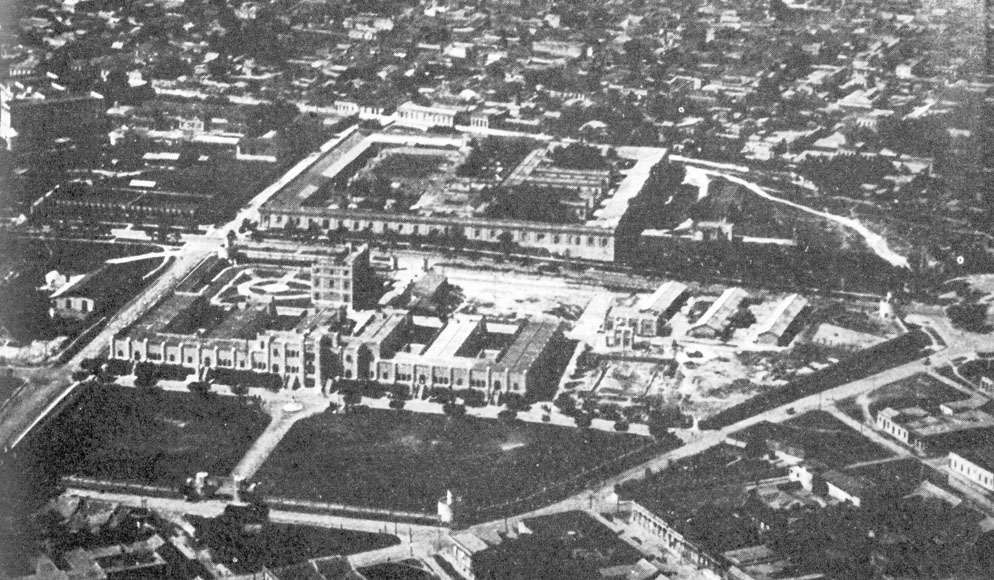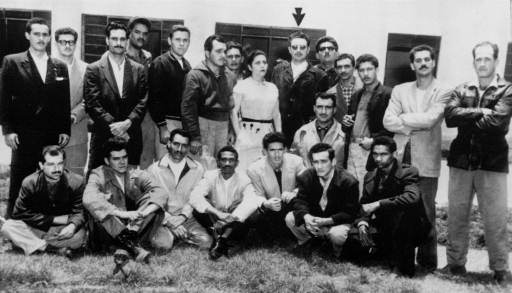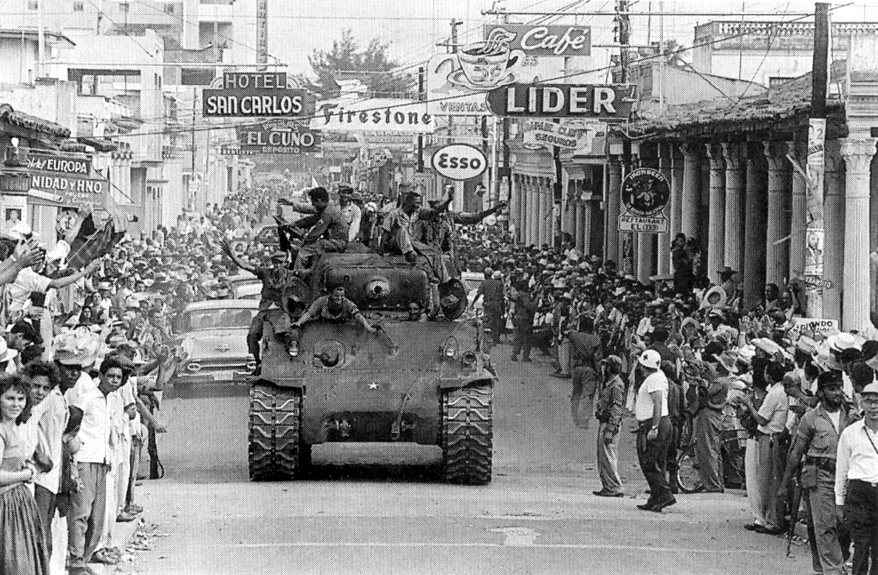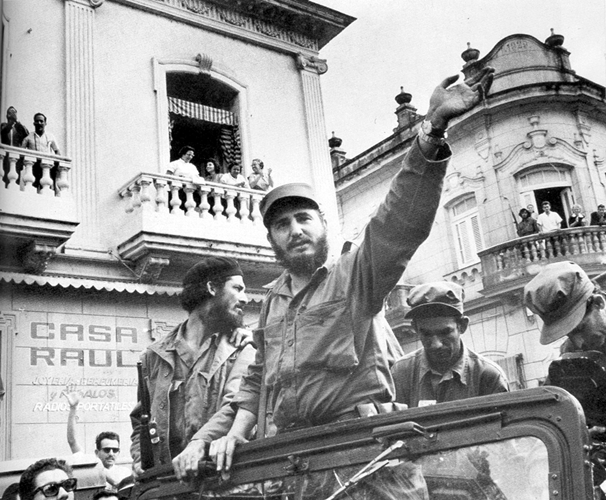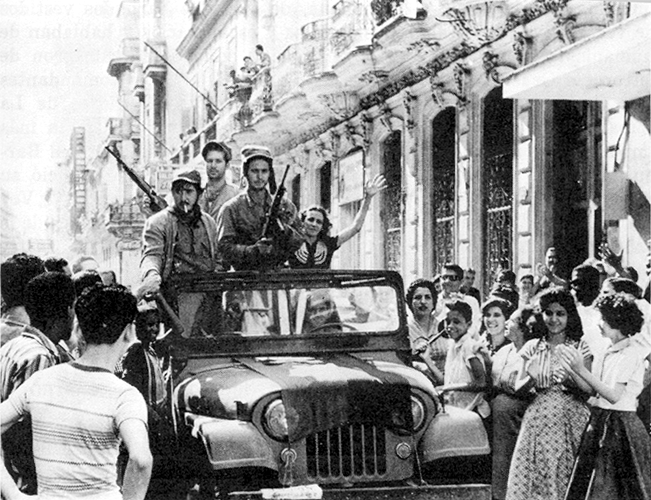(The barracks)
The end result was almost half of the force died, not in battle, but in torture. Many where captured, and detained. Fleeing didn’t help in the slightest either, as rebels were hunted down and eventually detained, including Fidel Castro himself. Rebels await a sentence from 5 - 15 years in prison, while Castro still abides for this trial. At the moment, nothing is known about Castro’s trial or what future awaits him. One thing is for sure, the Batista government will not be happy about this.
Castro, just being a lawyer, lead a force of 150+ men to the barracks. Many of the people were students, both young and old workers, and of various economical classes. They raised their own money to buy the weapons and uniforms needed for the assault. An estimated $15,000 was said to be what the movement raised in total for their weapons. The force trained in secret, resuming their normal lives as students, teachers and workers, while training for a revolutionary assault at the same time. Fidel kept a positive thought about the revolution though as he said,"Even if it failed, it would be heroic and have symbolic value." When the time came to fight, many were left behind because of the lack of fire power. Fifteen thousand dollars was apparently not enough to provide a weapon for each and every person.
While the Batista Regime won the battle, the war is still not over. Cubans still have a strong antipathy towards Batista, they accuse him of corruption and wide spread violence towards the Cuban people. With pressure being put on an unwanted leader, and rebellion attacks coming out of the blue, it is very likely that Fulgencio Batista will have to do something right for a change. After all, his regime took over the once democratic Cuba, which angered many islanders, so he didn’t start out with a clean slate after all. As for Fidel Castro and his movement, it is unclear what the fate of the rebels will be, or if they will continue to be rebels at all. Incarcerated at the moment, Fidel has no opportunities to go out and continue his attacks on the Batista regime. There is no clear support for Fidel from anyone big other than rebels and islanders, on the other hand, Batista is receiving weapons and aid from The United States. With both sides in a tight position in the moment, anything can happen. One thing is for sure though, the revolution is not over yet.
